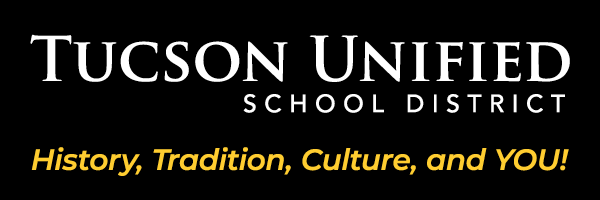Students learn to design, develop and validate projects. Prerequisite: in both electrical and embedded software design. Advanced projects focus on a research project with detailed plans and schedules for investigation of engineering concepts. Third year students utilize a robotics theme to manage schedules, design considerations and technical issues.
This is a Pima JTED enhanced program.
Engineering Sciences
- Use a structured approach to solving problems including, defining a problem (including customer needs), brainstorming, researching and generating ideas, identifying criteria and constraints, exploring possibilities, making a model (physical, mathematical, conceptual), evaluating the solution using standards and specifications (testing), and communicating results.
- Apply fundamental scientific laws and principles relevant to engineering and technology to a variety of problems involving mechanical, fluid, electrical and thermal systems.
- Apply mathematical laws and principles relevant to engineering and technology and use industry standard tools and precise systems of measurement to collect and analyze data, help make decisions, and create models. Prepare for a wide variety of engineering careers such as mechanical, software, architectural, civil/structural, electrical, chemical, and mining, and in many cases earn UA College of Engineering credit (speak with your high school counselor). Earn industry recognized certifications.
Scopes and Sequence
Engineering Year 1.pdf
Engineering Year 2.pdf
Engineering Year 3.pdf
Offered at Palo Verde High Magnet School & Sahuaro High School
Precision Machining
- Design a job process plan by interpreting blueprint drawings, symbols, scales, and legends; as well as identifying and sketching dimensions.
- Produce products using hand drills, scrapers, hydraulic presses, vises, milling machines, grinding wheels, Cartesian coordinates, multi-axis CNC equipment, etc.
- Create and implement manufacturing processes meeting quality standards; maintain equipment, tools and workstations; perform safety and health requirements for maintenance, installation and repair.
- Demonstrate mathematical concepts in manufacturing including metric conversions, geometric concepts and terminology, trade formulas, and arithmetic operations – with or without a calculator.
Scopes and Sequence
Precision Year 1.pdf
Precision Year 2.pdf
Precision Year 3.pdf
Offered at Tucson Magnet High School


